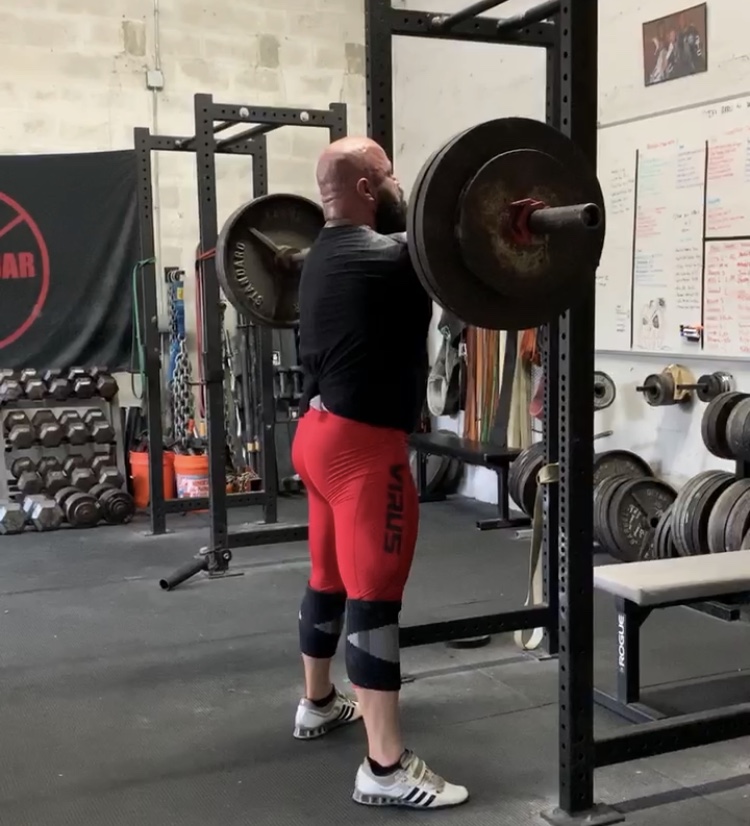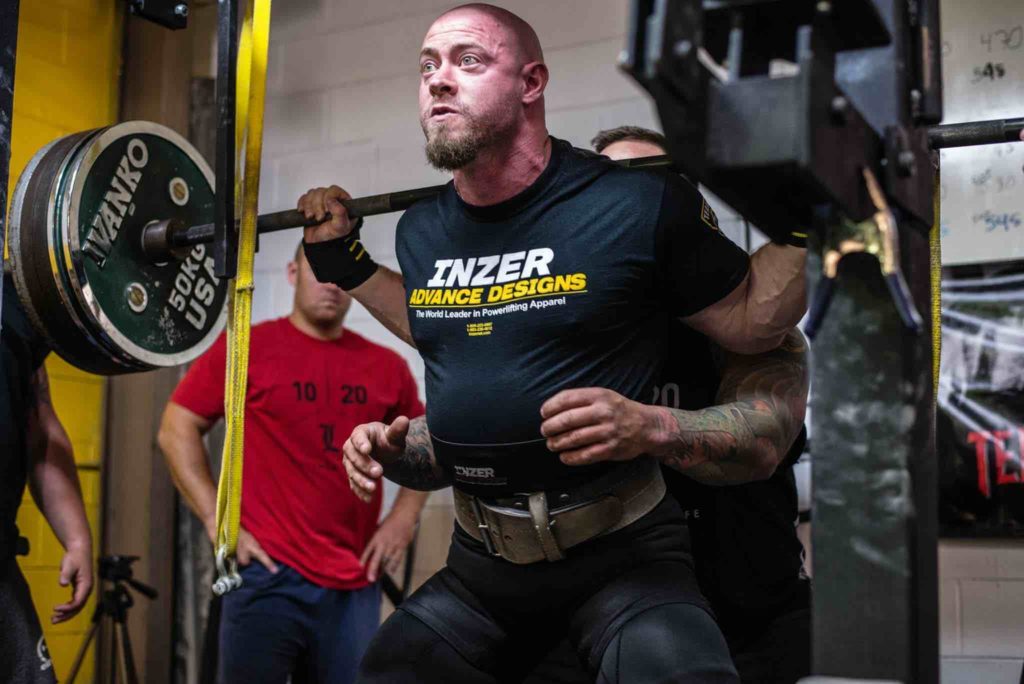
26 Oct Maximizing Your Assistance Movements
By Will Kuenzel
Even for those of us who love training, there are times it can get a little mundane. It’s a great routine. It’s hitting all the appropriate weaknesses to help perpetuate progress, but there’s a point where it can start to lose its luster. Rather than jump ship and change routines, keep the same routine but give it a little different flare.
This isn’t exclusive to powerlifters; these same things can apply to bodybuilders, athletes, or anyone looking to become more athletic and develop a better physique. In the process of making these changes, make sure that they fall in line with your goals and training commitments. Don’t make changes solely for the sake of change. Make changes that can and will be beneficial.

None of these training alterations are new. Folks new to training might learn something, while those who have been training for a while might use this a refresher or reminder of some things that can help add a bit of spice back into training. This is by no means a comprehensive list but is some of my favorites.
Shorter Rest Times
The easiest thing to do is shorten rest times. I’m guilty, myself, of getting caught up on my phone. Business, personal, or just wasting time; sometimes we get momentarily distracted. In this case, to help keep attention focused on the task at hand, user a timer. This brings you back into the here-and-now and also keeps you moving. With accessory work, I tend to recommend 90 seconds or less. Lower rest times might mean that the weight being used would be dropped, but the relative intensity will stay the same.
EMOM
Similar to cutting rest times, you can do a set every minute on the minute. I especially like these for more technique driven exercises, like deadlifts. Pull a single, pace while waiting a minute, pull, rinse and repeat. Paul Oneid from Team Power Rack Strength has been doing these, and I have been incorporating into my clients’ training recently, as well. This allows for maximal focus to the exercise while still putting in real work. These are great for deload days, or in the instance of doing a combo day where deadlifts might fall after squats. The focus remains on technique with what should be just enough rest to ensure a properly executed lift. I’ve utilized different methods of either just setting a certain number, or having clients go until I see form drop off. Very useful and very efficient, and it doesn’t have to be just the deadlift. This works well for squats or benches where I might limit the reps to singles and doubles.
One similar exercise that can be done this way is the pull-up. Dr. McGill has spoken at length about these, and they have such been coined as McGill pull-ups. These are only pull-ups done with 100% of maximum exertion. Rather than doing a set of 10 pull-ups, do ten single pull-ups with 10-20 seconds of rest between reps. Pull with full force, come down, release, wait, step up, and pull again. Rinse and repeat. While these aren’t wholly resting for a full minute, they are an excellent way to help produce more neural drive and get technically sound reps every time.
Super set
Dr. McGill describes the above pull-ups as supersets of 1 rep. One rep back to back. Another good way of changing the feel of assistance work is with supersets. These can be exercises of the same muscle or even different muscle groups. I’m a big fan of doing anywhere from 1:1 to 2:1 ratio of pull to push. So, for a lot of my push assistance movements, I will superset those with band pull aparts, face pulls, or just a simple band row. In the case of similar muscle groups, it’s simple to superset incline dumbbell presses with either a press-down variation or a band fly (although any fly-type movement can work, bands are my preference).
However you choose to do it, one guideline I like to think about is doing the most demanding exercise first in the superset. I will then select a more isolative type movement for the second exercise. I feel that by the end of the training session as both energy and focus wane, it’s important to keep safety in mind. Supersets are meant to be tough, to push the limit just a bit. Doing a pre-fatigue style superset at the end of the training session has a greater chance of injury. Do the significant movement first and immediately move into the second movement, with as little to no rest as possible.
Jumbo circuits
Falling in the same category of supersets are jumbo sets or jumbo circuits. These are 3 or more exercises linked back to back. I will then rest 60-90 seconds and repeat anywhere from 3-4 more times based on how my current training is set up. Examples of this might be:
- Romanian deadlift to single leg deadlift to glute bridge
- Incline dumbbell press to band fly to band pressdowns
- Bent over rows to chest supported rows to seated band rows
- Seated shoulder presses to lateral raises to front raises
The list goes on and on. As with supersets, be aware that as fatigue sets in and focus falters, safety for circuits should be a concern. There’s no need to get hurt, especially on an assistance exercise. A well-thought-out training plan should have already considered that, but I feel it needs to be reiterated.

Again, this is not a comprehensive list but a few of my favorite ways of making my assistance work a bit more fun. It also ensures that I’m working hard and not getting distracted as is so easily done when the main lifts are out of the way. The focus should be on the work and the goals. We don’t all have an unlimited amount of time that we can spend in the gym checking our phone, chit-chatting, or eating doughnuts between sets. When time is a precious commodity, sometimes we have to get creative to get all the work done that is required. There is no perfect training plan. The ideal training plan is the one that you complete and can adhere to. Ideally, it is set up correctly in line with your current goals, but compliance is more important than a theoretical plan on paper. Put it into action and get it done. Experiment and find the plan and training that will allow proper completion of the session.
To read more from Will and follow his gym’s training click HERE. To learn how to plan and progress your assistance work to ensure sustainable progress, be sure to pick up a copy of 10/20/Life 2nd Edition.
Low Country Strength
Latest posts by Low Country Strength (see all)
- LCS Off Season Week 7, Session 1-3 - February 20, 2019
- LCS Off Season Week 6, Session 1-3 - February 20, 2019
- LCS Off Season Week 5, Session 1-2 - February 20, 2019





Sorry, the comment form is closed at this time.